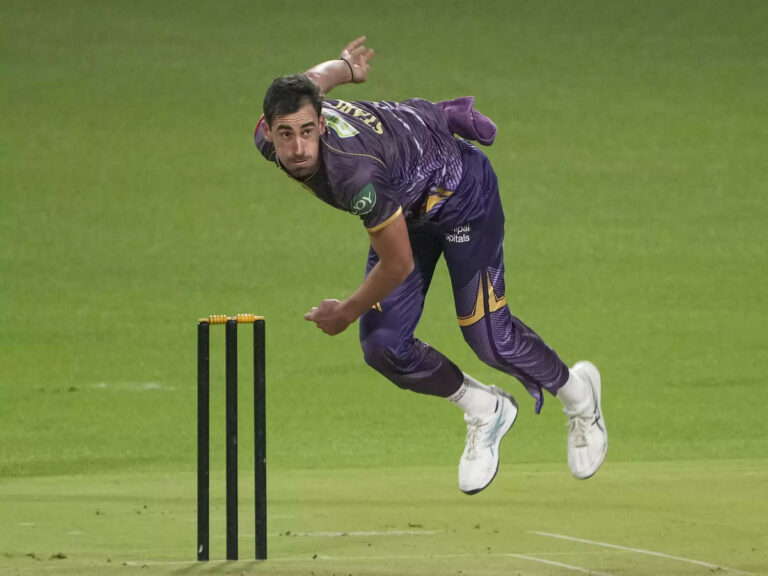The History of Cricket Balls: From Leather to Synthetic
Reddy Anna Book, Reddy Book Club: Cricket balls have undergone a significant evolution in terms of the materials used for their construction. Historically, early cricket balls were crafted using simple materials like cork and string, wrapped in leather. However, as the sport evolved, so did the materials utilised in creating cricket balls.
The introduction of synthetic materials into the manufacturing process revolutionised the game, providing enhanced durability and consistency. Despite the advancements in technology, leather cricket balls remain a popular choice due to their unique characteristics and traditional appeal.
The Use of Leather in Early Cricket Balls
The early cricket balls were crafted using leather due to its durability and resilience. Leather was selected for its ability to retain its shape and withstand the impacts of the game, making it an ideal material for cricket balls. The use of leather in the manufacturing of these balls dates back centuries, highlighting its long-standing presence in the sport.
Leather provided a smooth surface for the ball, ensuring consistent flight and bounce during gameplay. Its natural properties also allowed for a good grip, enabling bowlers to maintain control and execute a variety of bowling techniques effectively. As cricket evolved, the use of leather in ball construction remained a constant, showcasing its importance in the history and development of the game.
What materials were used in early cricket balls before leather?
Before leather, materials such as cork, string, and even animal intestines were used in early cricket balls.
Why was leather eventually chosen as the primary material for cricket balls?
Leather was chosen for its durability, consistency in shape, and ability to maintain its properties over time, making it ideal for use in cricket balls.
How did the use of leather in cricket balls evolve over time?
The use of leather in cricket balls evolved as techniques for tanning and shaping the leather improved, leading to better quality and more standardized cricket balls.
Were there any challenges in using leather for cricket balls?
Challenges such as variations in quality and weight of the leather, as well as concerns about moisture absorption, had to be addressed when using leather for cricket balls.
How has the use of leather in cricket balls impacted the game of cricket?
The use of leather in cricket balls has contributed to the modern game by providing consistent performance, durability, and control for bowlers and fielders.






